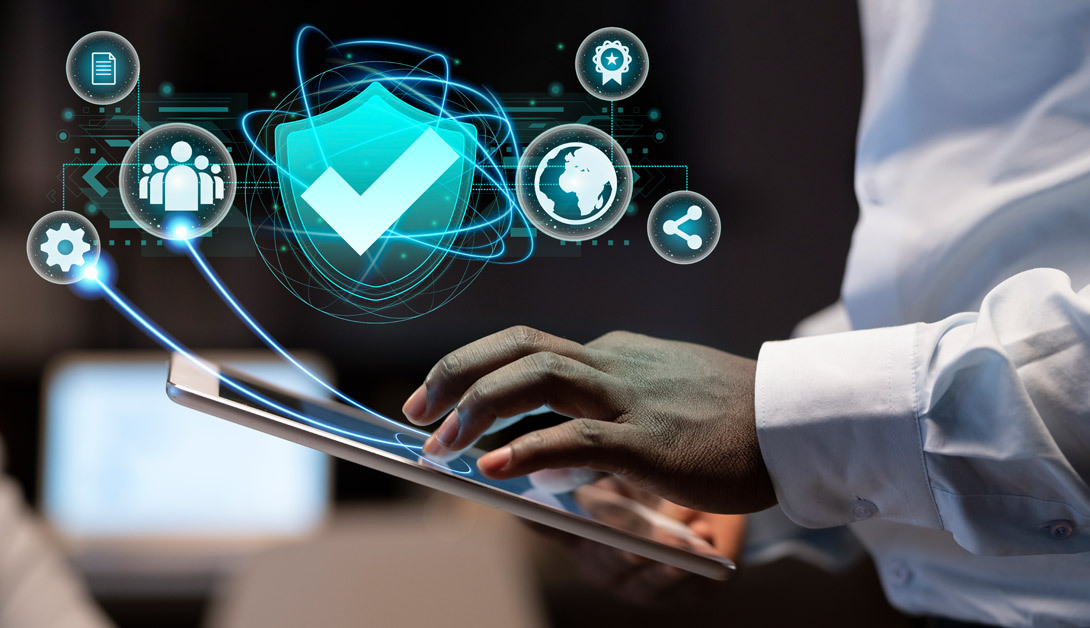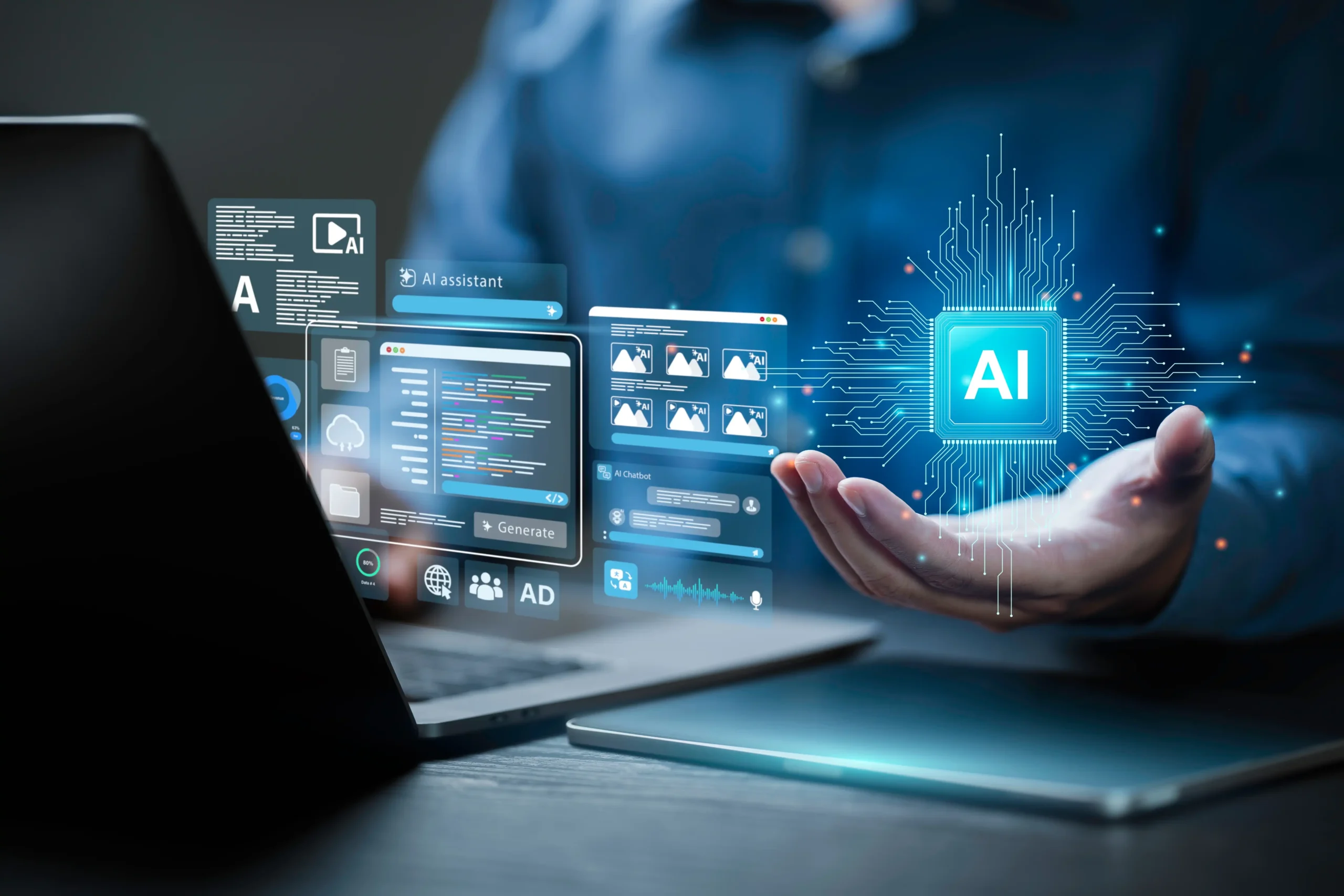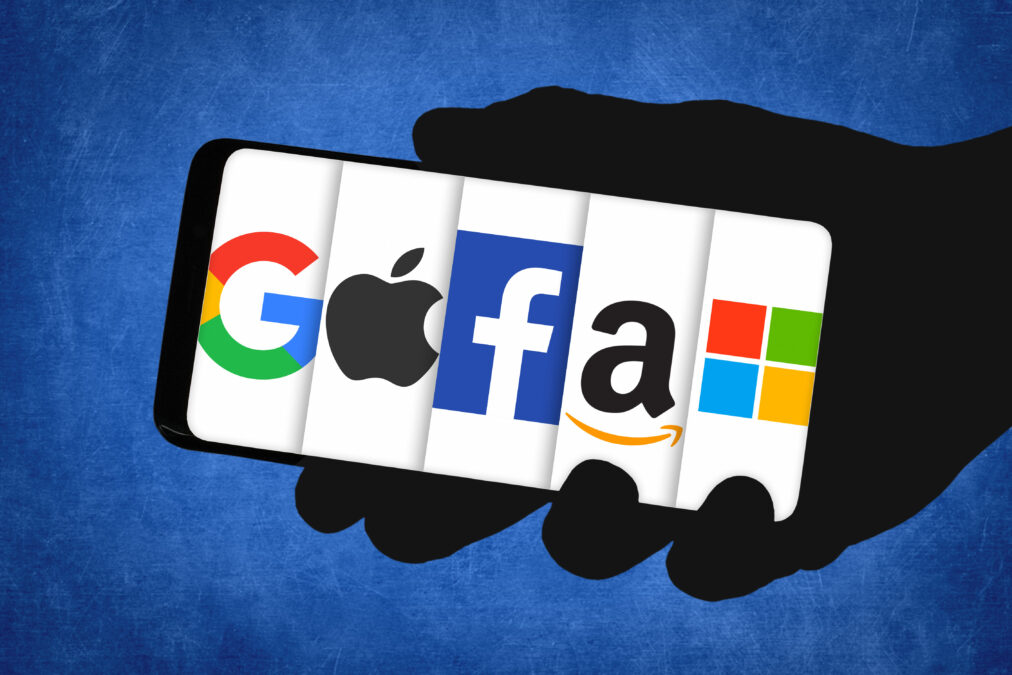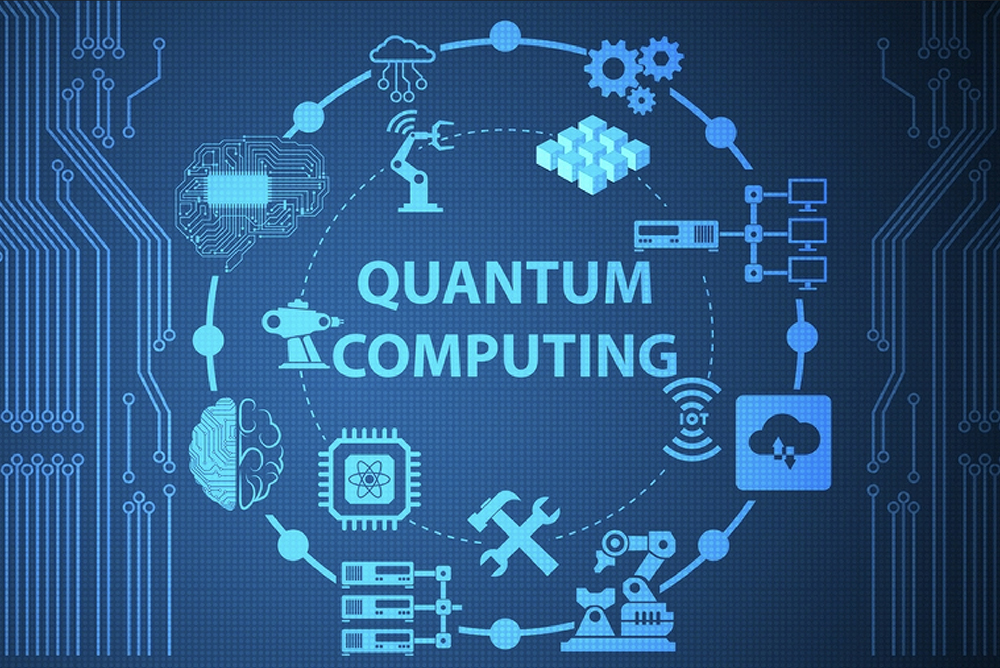Looking ahead to 2026 feels like trying to predict the weather six months out—exciting, but definitely a guessing game. But here’s the thing: some patterns are already emerging, and if you know where to look, you can see the future taking shape right now.
I’ve been tracking tech trends for years, and 2026 feels different. We’re not just getting incremental updates anymore; we’re on the verge of some genuinely transformative shifts that will change how we work, play, and interact with the world around us. Let me share what’s got me most excited (and occasionally worried) about where we’re headed.
1. AR Glasses Finally Go Mainstream
Remember when everyone said tablets would never catch on? Well, 2026 might be the year we all eat our words about AR glasses. Between 2022 to 2026, the worldwide shift from smartphones to wearable augmented reality (AR) glasses will begin and will accelerate as the 5G rollout is completed.
What’s Different This Time?
Apple Inc. is aiming to release smart glasses at the end of next year as part of a push into AI-enhanced gadgets, and when Apple jumps in, you know the market is about to explode. But it’s not just Apple—Snap is launching its sixth-generation AR glasses called Specs in 2026, bringing the power of AI assistant tools to the user’s 3D AR experience.
Here’s what I think will actually happen: AR glasses won’t replace smartphones overnight, but they’ll become the preferred interface for specific tasks—navigation, translation, fitness tracking, and quick information lookup. Imagine walking through a foreign city and having street signs automatically translated, or getting repair instructions overlaid on your broken appliance. That’s not science fiction; that’s 2026.
2. AI Agents Become Your Digital Workforce
Forget chatbots. By 2026, AI agents will be handling complex, multi-step tasks that would have taken you hours. AI is the common thread of nearly every trend. Moving forward, it will be part of the substructure of everything we do.
Think of AI agents as digital employees who never sleep, never get sick, and never forget your preferences. They’ll book your travel, manage your calendar, research market trends, write first drafts of reports, and even handle customer service inquiries with nuance and empathy that rivals human interaction.
I’m already seeing early versions of this in 2025, but 2026 is when they’ll become indispensable for businesses and individuals alike.
3. Quantum Computing Gets Practical
Quantum computing has been “five years away” for about twenty years now. But 2026 might finally be when it delivers on some real-world promises, especially in finance, drug discovery, and cryptography.
We’re not talking about quantum laptops—we’re talking about quantum-powered cloud services that solve specific problems way faster than traditional computers ever could. Financial institutions will use quantum algorithms for risk analysis, pharmaceutical companies will model molecular interactions, and logistics companies will optimize routes in ways that seemed impossible before.
4. The Metaverse Gets a Reality Check (And Gets Better)
Despite the limitations, Gartner still expects that by 2026, 25% of people will spend at least an hour a day in the metaverse for work, shopping, education, social and/or entertainment purposes.
But here’s the twist: the successful metaverse of 2026 won’t look like the gaming-focused virtual worlds we see today. Instead, it’ll be practical spaces for remote work, training simulations, and virtual shopping experiences that actually make sense.
Think less “Ready Player One” and more “incredibly realistic Zoom meetings where you can actually collaborate on 3D projects together.”
5. Brain-Computer Interfaces Go Beyond Novelty
2026 will be the year brain-computer interfaces (BCIs) start helping people in meaningful ways. We’re talking about paralyzed patients controlling computers with their thoughts, people with speech disorders communicating more easily, and maybe even healthy individuals getting subtle cognitive enhancements.
The technology is advancing rapidly, and while we’re still years away from downloading knowledge Matrix-style, the practical applications for medical treatment and accessibility are becoming real.
6. Autonomous Vehicles Hit the Mainstream (Finally)
I know, I know—we’ve been promised self-driving cars for years. But 2026 feels different because the focus has shifted from “full autonomy everywhere” to “reliable autonomy in specific conditions.”
Expect to see autonomous vehicles dominating highway freight transport, airport shuttles, and specific urban routes. The technology works really well in controlled environments, and that’s where it’ll prove its value first.
7. Sustainable Tech Becomes Cost-Competitive
Here’s a trend that doesn’t get enough attention: green technology is becoming the cheaper option, not just the feel-good option. Solar and wind power are already cost-competitive with fossil fuels in many markets, and by 2026, we’ll see this extend to other areas.
Electric vehicles will hit price parity with gas cars, sustainable data centers will cost less to operate than traditional ones, and green manufacturing processes will be adopted because they save money, not just the planet.
8. Personalized Medicine Gets AI-Powered
By 2026, your medical treatment will be tailored specifically to your genetic makeup, lifestyle, and medical history in ways that seem almost magical. AI will analyze your health data to predict health risks, recommend preventive measures, and help doctors choose treatments that work best for your unique biology.
We’re already seeing early versions of this with personalized cancer treatments, but 2026 will bring it to routine healthcare for everything from diabetes management to mental health treatment.
9. Edge Computing Makes Everything Local
The future isn’t about sending all your data to the cloud—it’s about processing it right where you are. By 2026, your devices will be smart enough to handle complex AI tasks locally, which means faster responses, better privacy, and functionality that works even when your internet doesn’t.
Your security camera will recognize faces without sending video to the cloud. Your car will make split-second driving decisions without checking with a server. Your smart home will optimize energy usage based on local weather data and your family’s patterns.
10. Digital Twins Predict the Future
Digital twins—real-time virtual copies of physical objects, processes, or entire systems—will become standard business tools by 2026. Companies will use them to test changes before implementation, predict maintenance needs, and optimize operations in ways that save massive amounts of time and money.
Imagine a digital twin of your entire supply chain that can show you exactly what would happen if a supplier has problems, or a digital twin of your building that can optimize heating and cooling based on occupancy patterns and weather forecasts.
What This All Means for You
Here’s the thing about these trends: they’re not happening in isolation. The real magic happens when they combine. AR glasses powered by AI agents, running on edge computing, connected to digital twins of real-world systems—that’s when things get really interesting.
For Businesses: Start thinking about which of these trends could transform your industry. The companies that adopt early will have significant advantages over those that wait.
For Individuals: These technologies will change how you work, learn, and interact with the world. The key is staying informed and being ready to adapt.
For Society: We need to start thinking seriously about the implications—privacy, employment, equality, and how to ensure these powerful technologies benefit everyone, not just those who can afford early access.
The Reality Check
Not everything I’ve predicted will happen exactly as described. Technology development is messy, unpredictable, and often takes longer than we expect. But the underlying trends are real, the investments are happening, and the early versions of these technologies are already working.
The question isn’t whether these trends will materialize—it’s how quickly they’ll become part of our daily lives and whether we’ll be ready for them.
2026 is shaping up to be a pivotal year. The technologies that have been brewing in labs and beta tests for years are finally ready for prime time. Whether you’re a business owner, a professional trying to stay relevant, or just someone who likes to know what’s coming next, these are the trends worth watching.
The future is arriving faster than we think. The only question is: are we ready for it?
Which of these trends excites you most? Which ones make you nervous? The intersection of all these technologies is where the real transformation will happen—and where the next wave of opportunities will come from.

With over 6 years of experience in the blogging world, I specialize in crafting engaging, informative, and SEO-optimized content across various niches including tech, digital trends, and online monetization. I thrive on staying ahead of industry trends, experimenting with new content strategies, and helping others grow their digital presence.



